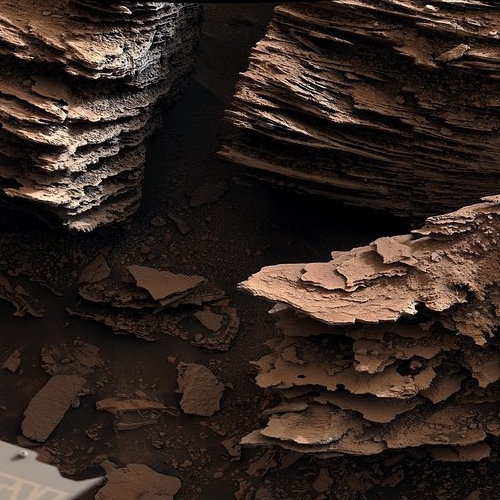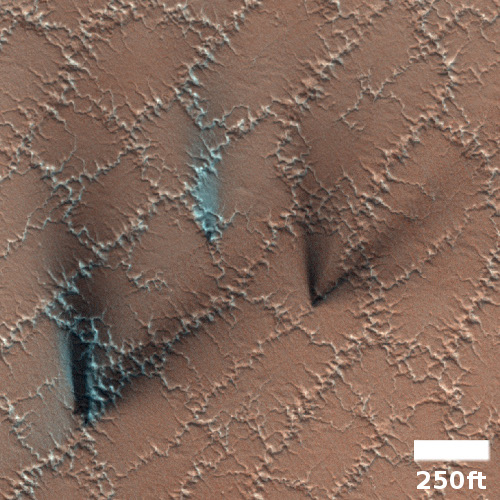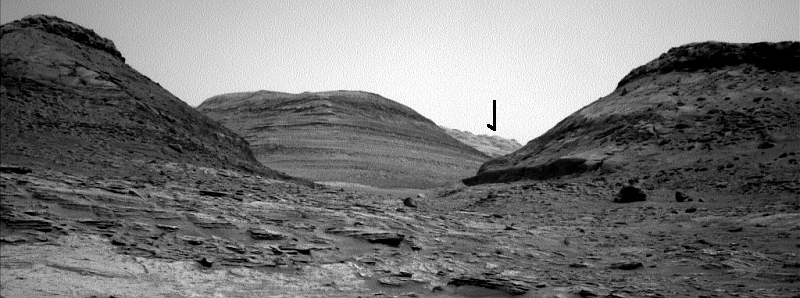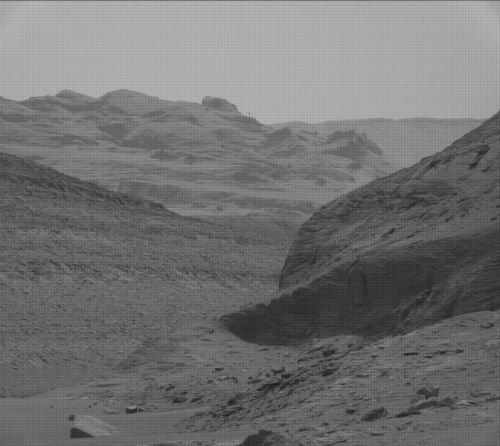NASA halts sale of Apollo 11 Moon dust, claiming ownership
We’re here to help you: The auction of a tiny amount of Moon dust brought back by Apollo 11 and used in a post-flight experiment using German cockroaches has been canceled because NASA claimed ownership of that dust and demanded its return.
“NASA asserts legal ownership of the materials consisting of the Apollo 11 lunar dust experiment … based upon the information and documentation provided in the description of the lot and evidence regarding NASA’s contemporaneous contracting practices,” an attorney in NASA’s Office of the General Counsel wrote RR Auction in a letter on Wednesday, a week after first reaching out to the firm. “It is clear and undeniable that the materials consisting of the experiment are owned by NASA.”
The lot under contention comprises what remains from the late Marion Brooks’ research into the physiological effects of lunar material on Blattellas germanica, or German cockroaches. The insects had been fed moon dust by NASA scientists in the immediate aftermath of the 1969 Apollo 11 lunar landing mission. After no ill-effects were seen while astronauts Neil Armstrong, Buzz Aldrin and Michael Collins were held in quarantine, the (now dead) cockroaches were handed off to Brooks, an entomologist from the University of St. Paul, for more thorough study.
Included in the auction was a small vial of moon dust that Brooks’ had carefully extracted from the cockroaches’ corpses, as well as three of the remaining (dead) cockroaches and two boxes of tissue slides for microscopic study.
It appears the dust had been in the Brooks family possession for more than forty years, then sold by them at auction in 2010 for $10,000. Under standard adverse possession law, you lose ownership if you don’t claim that right after twenty years. It would thus seem that NASA’s claim is bogus.
But then, NASA as a government agency doesn’t believe the standard laws apply to it. It continues to demand that all Apollo lunar material belongs to it and be returned, no matter what the circumstances it was originally handed out by the agency and no matter how long ago.
We’re here to help you: The auction of a tiny amount of Moon dust brought back by Apollo 11 and used in a post-flight experiment using German cockroaches has been canceled because NASA claimed ownership of that dust and demanded its return.
“NASA asserts legal ownership of the materials consisting of the Apollo 11 lunar dust experiment … based upon the information and documentation provided in the description of the lot and evidence regarding NASA’s contemporaneous contracting practices,” an attorney in NASA’s Office of the General Counsel wrote RR Auction in a letter on Wednesday, a week after first reaching out to the firm. “It is clear and undeniable that the materials consisting of the experiment are owned by NASA.”
The lot under contention comprises what remains from the late Marion Brooks’ research into the physiological effects of lunar material on Blattellas germanica, or German cockroaches. The insects had been fed moon dust by NASA scientists in the immediate aftermath of the 1969 Apollo 11 lunar landing mission. After no ill-effects were seen while astronauts Neil Armstrong, Buzz Aldrin and Michael Collins were held in quarantine, the (now dead) cockroaches were handed off to Brooks, an entomologist from the University of St. Paul, for more thorough study.
Included in the auction was a small vial of moon dust that Brooks’ had carefully extracted from the cockroaches’ corpses, as well as three of the remaining (dead) cockroaches and two boxes of tissue slides for microscopic study.
It appears the dust had been in the Brooks family possession for more than forty years, then sold by them at auction in 2010 for $10,000. Under standard adverse possession law, you lose ownership if you don’t claim that right after twenty years. It would thus seem that NASA’s claim is bogus.
But then, NASA as a government agency doesn’t believe the standard laws apply to it. It continues to demand that all Apollo lunar material belongs to it and be returned, no matter what the circumstances it was originally handed out by the agency and no matter how long ago.












